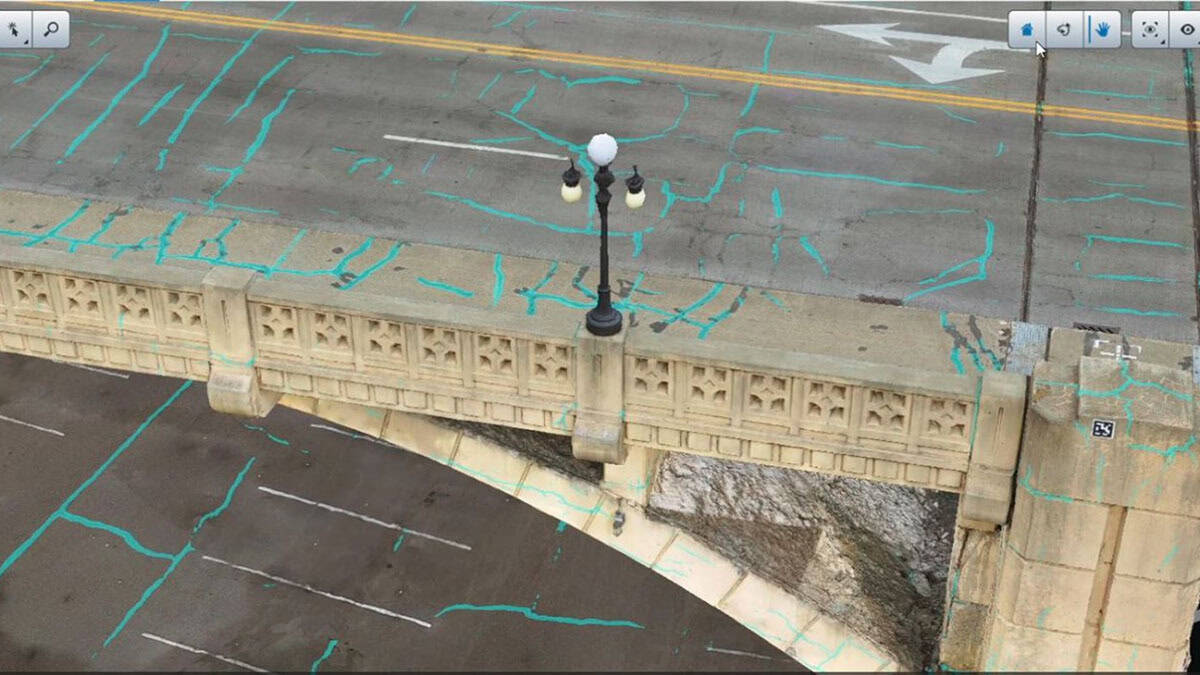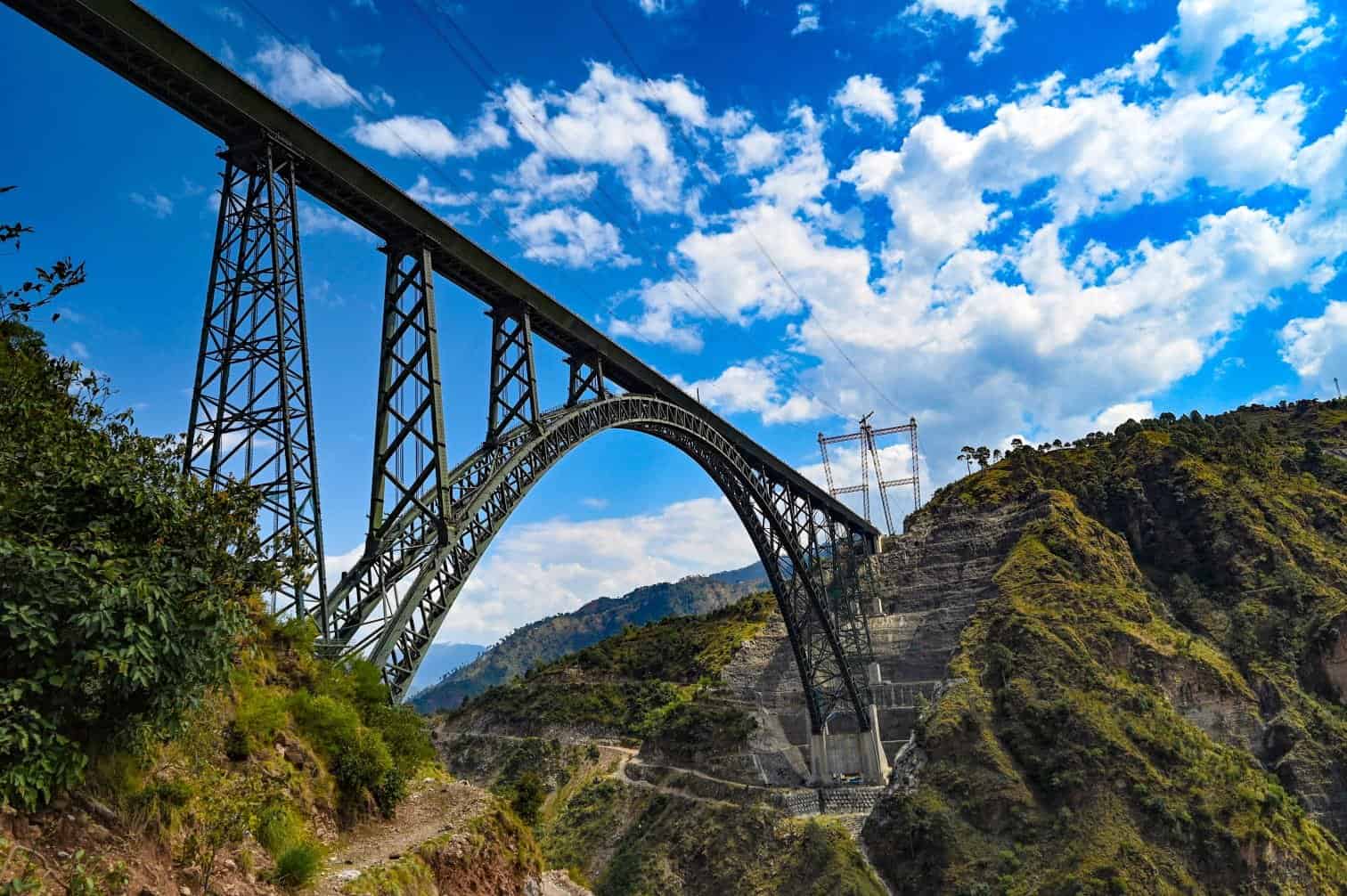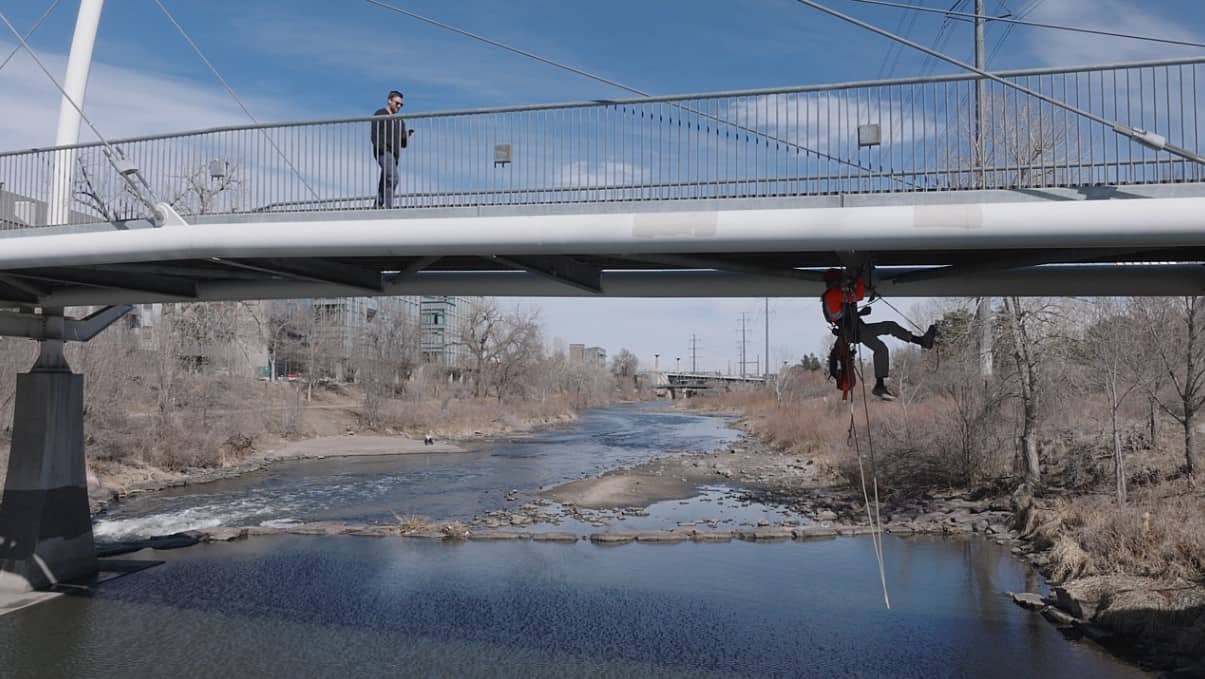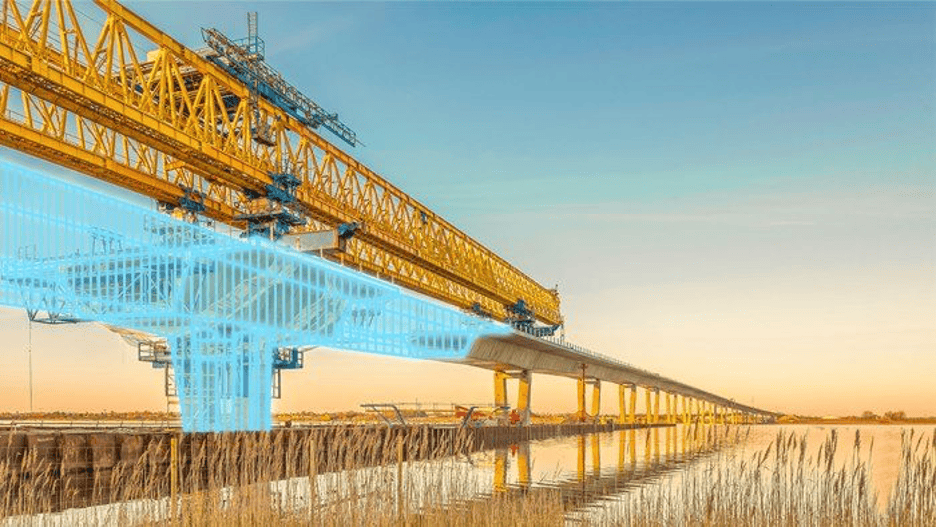
With governments around the world spending more on infrastructure projects, from road and bridge to rail and transit, the heavy civil industry is moving toward utilizing more 3D/4D digital workflows and collaborative project delivery processes. By extending the value of the 3D design model into construction, transportation owner-operators can better coordinate design and construction planning and speed the delivery of safer and more sustainable projects.
Here are four ways you can leverage 3D/4D digital workflows to overcome industry challenges and facilitate more efficient and collaborative construction planning processes…
#1. Coordinate Design and Construction Using 3D Models
Disconnected workflows between design and construction teams are a big driver for making the shift to 3D/4D model-based workflows. Traditionally, design teams flatten their 3D design models to 2D PDFs for construction planning and coordination, losing much of the design intent and leading to lengthy review processes, costly change orders, and schedule delays.
By utilizing 3D/4D workflows and cloud technology you can make the transition from design-focused to construction-focused project management. This will enable you to facilitate collaboration, coordination, and problem solving between teams, as well as achieve better project outcomes. Your data will be up to date and accessible from a range of devices based on roles and permissions via a secure, single source of project truth.
Coordinating design and construction teams using 3D models allows you to:
- Communicate design intent, increase design quality, and reduce conflicts.
- Streamline and expedite design and construction review processes by 30% or more.
- Capture additional data, providing a more comprehensive overview of the project.
- Improve visibility between stakeholders, reducing change orders by 15% or more.
Build your heavy civil project virtually first using 4D models
#2. Build Your Heavy Civil Projects Virtually First by Using 4D Models
With 60% of health and safety incidents happening during rework, it’s important to optimize project plans, schedules, and resources before you step onto the jobsite. You can do this by turning your 3D design models into 4D construction models.
Utilizing 4D models will enable you to understand what you are building before you build it. By adding construction equipment and paths to schedule activities, you can visualize conflicts and resolve them before construction begins, as well as easily understand the impacts construction will have on things like traffic flows and existing rail services. In addition, teams can perform what-if analysis to improve safety and reduce risks and delays by reviewing time-lapsed construction sequences.
By simulating construction projects with 3D/4D models before construction begins, you can:
- Validate and optimize project and possession / blockade plans and schedules.
- Anticipate construction impacts on the environment, including traffic flows and existing rail services.
- See issues before they occur, minimizing mistakes during construction, and reducing risk.
- Improve safety planning and ensure compliance with safety regulations to reduce accidents and injuries on the jobsite.
#3. Develop Accurate Schedules Using Constructible Components
20% of Heavy civil projects run over schedule, which can have major impacts on costs and to the communities these projects serve. For example, when rail networks are down, trains can’t operate. Delays to rail and transit project possession / blockade plans and schedules can even lead to fines. Ensuring you have accurate schedules to help you keep projects on track.
Leveraging 4D workflows will allow you to break horizontal projects into constructible components with auto-calculated quantities. Then, you can use these components to build a construction schedule that reflects, for example, how many people are needed and when they are needed, all while keeping the original design intent. Breaking the project down into phases and steps allows you to minimize disruption to the community.
By slicing and dicing road and bridge elements into constructible components, you can:
- Build plans that more accurately represent how a project will be built.
- Optimize project plans, schedules, and resources.
- Generate accurate quantity take-offs to deliver projects on time and within budget.
- Increase project transparency to keep the public informed and regulations met.
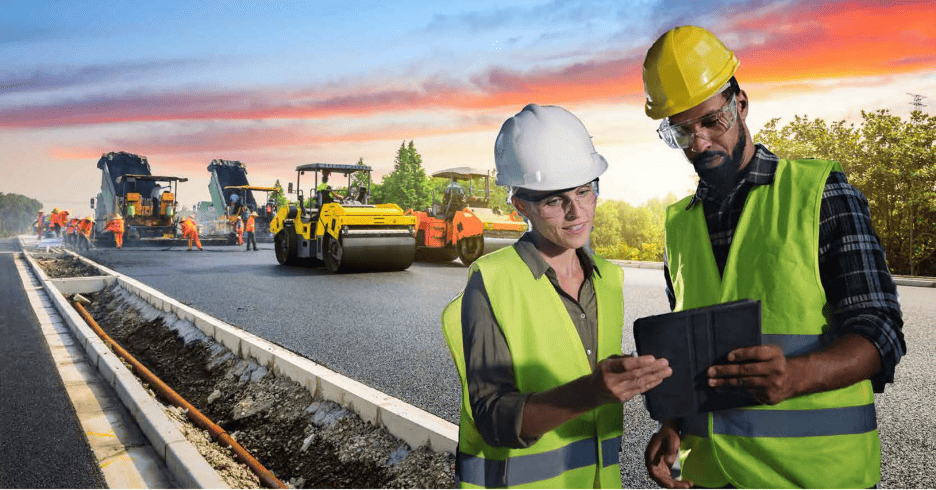
View and capture data automatically and electronically in the field
#4. View and Capture Data Automatically and Electronically in the Field
Extend the value of the 4D model into field workflows for status checks, work planning, review, and inspections. With connected mobile applications and workflows, a project team can review, validate, and communicate in one complete digital and interactive visual environment that includes documents, forms, and models. This streamlined review process significantly improves project delivery efficiencies, including quality, accelerated schedules, and reduced risk, costs, and rework.
By capturing data automatically and electronically in the field, your teams can:
- 75% Increase in field productivity, including inspections.
- Accelerate construction time by 20% or more.
- Work on the right tasks at the right time.
- Make better data-driven decisions, quicker.
Digital Solutions for Better Construction Planning
The benefits of 3D/4D digital design and construction workflows are many and proven – lower project costs, saved time, improved constructability, enhanced visualization, boosted communication of design intent, and enhanced construction efficiency – resulting in quickly and safely delivering more sustainable projects.
All these benefits mean that transportation owner-operators can help close the productivity gap by working more efficiently, maximizing their team’s output, and doing more with less, ensuring that transportation systems are the best that they can be for the communities that they serve.
Bentley’s construction planning solutions will meet you where you are and enable you to better coordinate your design delivery and construction planning workflows. From the office to the field, the result is less disruption to the public and increased visibility, predictability, and productivity on your projects.
Learn more about Bentley’s Road & Bridge Construction Planning Solution and Rail Construction Planning Solution.


